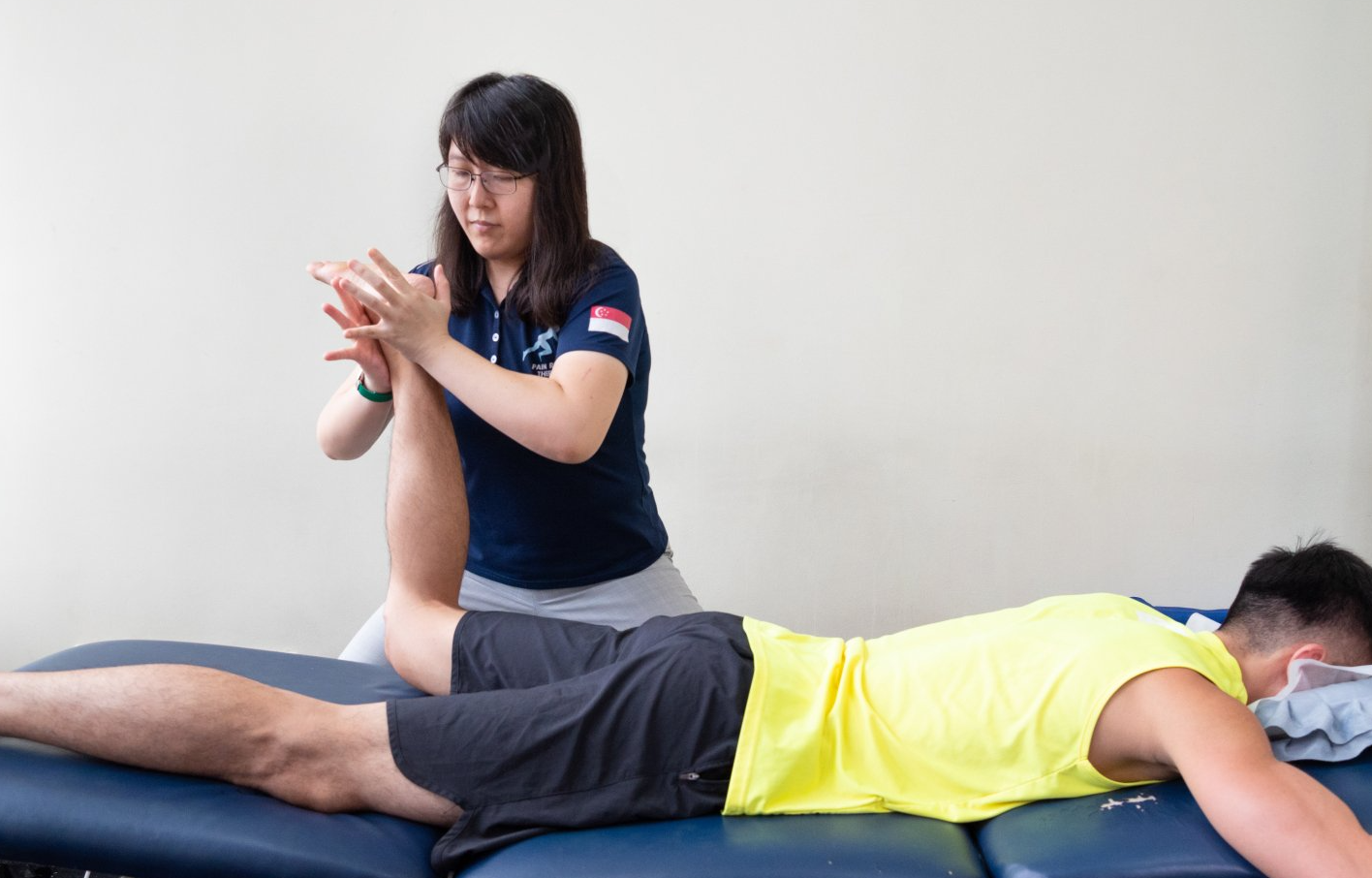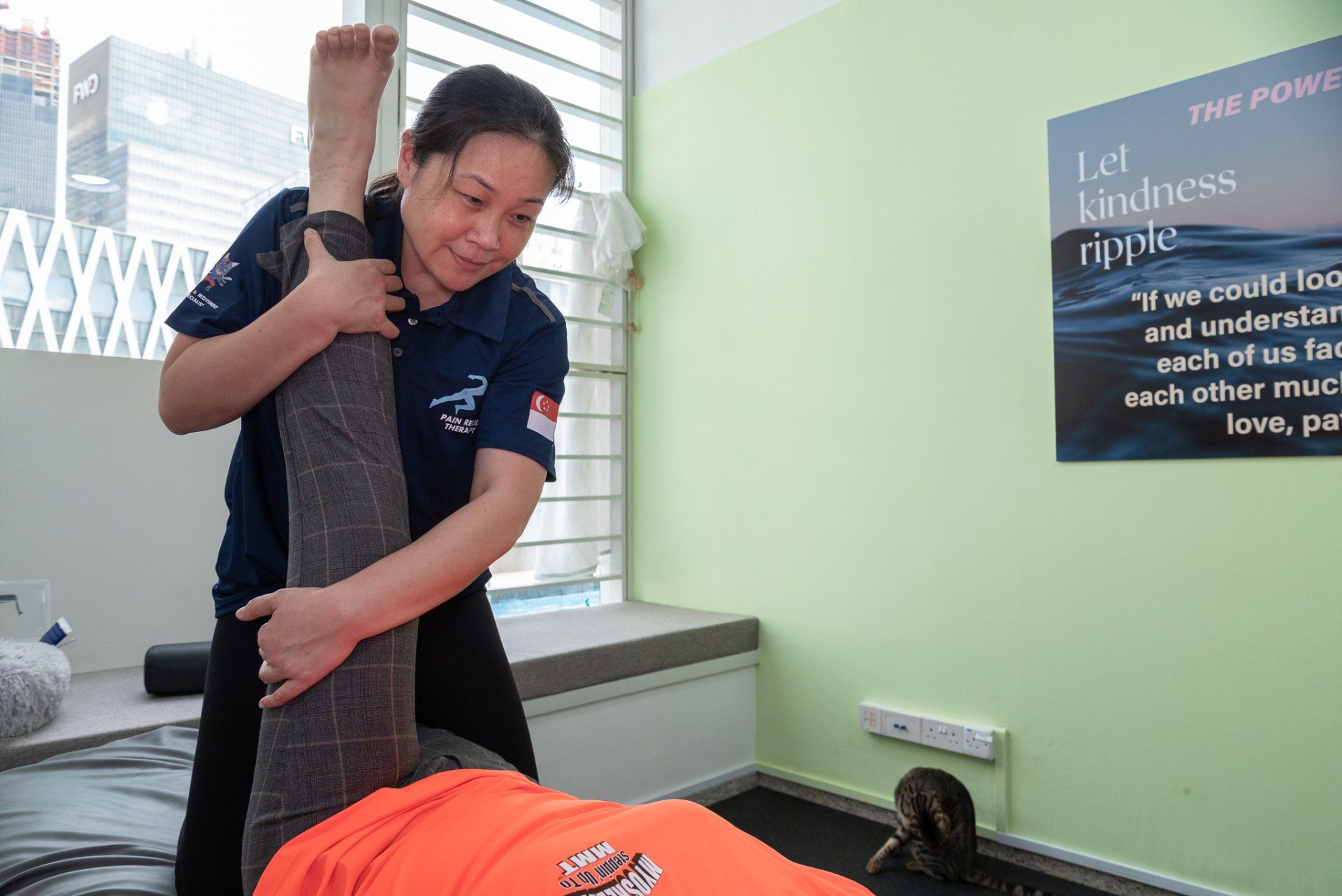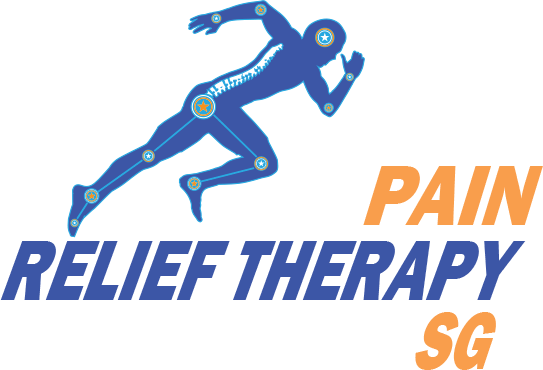EVIDENCED BACKED MANUAL LYMPHATIC THERAPY

The human body is composed of about two-thirds fluid, which is crucial for many processes, including the transportation of hormones, bacteria, and nerve impulses. The lymphatic system is an essential player in this process. Lymphatic drainage is a natural process that can be disrupted by various factors, such as illness, stress, or accidents. Fortunately, there is a gentle, non-invasive manual technique called Manual Lymphatic Drainage (MLD) that can help.
MLD is a highly effective technique that has been proven to be beneficial as a stand-alone treatment, as well as when used in conjunction with other therapies. Its effectiveness has been demonstrated by research conducted in Australia, Europe, and North America. Developed by Dr. Emil Vodder and his wife Estrid Vodder in France in 1932, MLD has become the most well-known manual technique internationally for assisting lymph flow, promoting drainage of tissues, and reducing swelling (oedema).
- Headaches / Brain Fog
- Fatigue
- Frequent Cold and Flu
- Constipation / Sluggish Bowel Function
- Unable to Lose Weight
- Soreness or Stiffness in the Morning
- Bloating, Swelling or Heaviness in Extremities
- Itchy Skin / Skin Issues
- Evidence-Backed
- Maintain Fluid Balance (Swelling/Bloating)
- Essential Roles in Body Defense and Resistance to Disease
- Filters Pathogens From Blood
- Not What You Eat but How Your Body Absorbs
- Lymph Nodes Commonly Found Near the Groin, Armpits, Neck, Chest, and Abdomen
- Not Pumped by Heart
- By 2050, Us’s CDC Estimates 80% >60 Years Have 1 or More Chronic Disease Associated With Deficiencies of Immune System
Manual Lymphatic Drainage (MLD) is an effective technique that can be used to treat any type of body swelling, with the exception of cardiac (heart) and renal (kidney) oedema. The specialized massage technique utilized in MLD creates a pumping effect in the tissue, which causes the lymphatic pathways to accelerate up to 20 times their normal rate. This rapid drainage effect leads to a quick decongestion of the affected area and a restoration of normal tissue conditions.
Furthermore, MLD can also help speed up the transportation of bacteria and allergens to the lymph nodes, where the body's defense system is located. This increased rate of lymphatic drainage enhances the sensitization of lymphocytes and macrophages, which can then travel more quickly through the bloodstream to the site of action. Ultimately, this improved response by phagocytosis can boost overall immunity.

WHICH COMPLAINTS CAN MLDV THERAPY HELP, AMONG OTHER THINGS?
- Lymphedema
- Certain Forms of Venous Edema
- Lip Edema
- Post-Breast Cancer Lymphedema
- Pregnancy Limb Swelling
- Ankle Sprain Swelling
- Knee Swelling
- Sports Injuries
- Appendices / Gallbladder Removal
- Knee Replacement Surgery
- Headache
- Insomnia
- Concentration Problems
- Problems with Bowel Movements
- Trying to Conceive
Lymphedema is a common problem that may develop after cancer surgery when lymph nodes are removed. It is a chronic (ongoing) condition that has no cure, but steps can be taken to help prevent it from occurring and to reduce or relieve symptoms. If left untreated, lymphedema can worsen over time.
In breast cancer treatment, it is common for some or all of the lymph nodes under the arm to be treated with radiation and drained. If many lymph nodes under the arm are removed, a woman has a higher risk of developing lymphedema for the rest of her life. Radiation treatment to the under-arm lymph nodes can also cause scarring and blockages that further increase the risk of lymphedema. Lymphedema can develop right after surgery or radiation, or it can occur months or even years later.

TYPES OF LYMPHEDEMA
- A mild type of lymphedema can occur within a few days after surgery and usually lasts a short time.
- Lymphedema can also occur about 4 to 6 weeks after surgery or radiation and then go away over time.
- The most common type of lymphedema is painless and may slowly develop 18 to 24 months or more after surgery. It does not get better without treatment.
- Feeling of Fullness, Heaviness, or Tightness in the Arm, Chest, or Armpit Area
- Bra, Clothing, or Jewelry Don't Fit as Normal
- Aching or New Pain in the Arm
- Trouble Bending or Moving a Joint, Such as the Fingers, Wrist, Elbow, or Shoulder
- Swelling in the Hand
- Thickening of or Changes in the Skin
- Weakness in the Arm
CALL +6587141543 TODAY TO SCHEDULE YOUR FIRST APPOINTMENT
GET IN TOUCH
Get in Touch
We will get back to you as soon as possible.
Please try again later.
QUICK LINKS
SERVICES WE PROVIDE:
- Chronic Muscle Pain Relief
- Headaches and Jaw pain
- Upper Back Pain & Lower Back Pain Relief
- Muscular Imbalances / Body Misalignment
- Scar Tissue Therapy
- Functional Neurology Disorder
- Digestive Issues, Detox & Wellness
- Hearing Test and Hearing Aid

CONTACT US AT
WhatsApp: +65 87141543
Email: movewell@painreliefsg.com
Address: PS100, 100 Peck Seah Street, #10-19 Singapore 079333
© Copyright 2022 | All Rights Reserved | Pain Relief Therapy | Designed by CMO Media Lab

